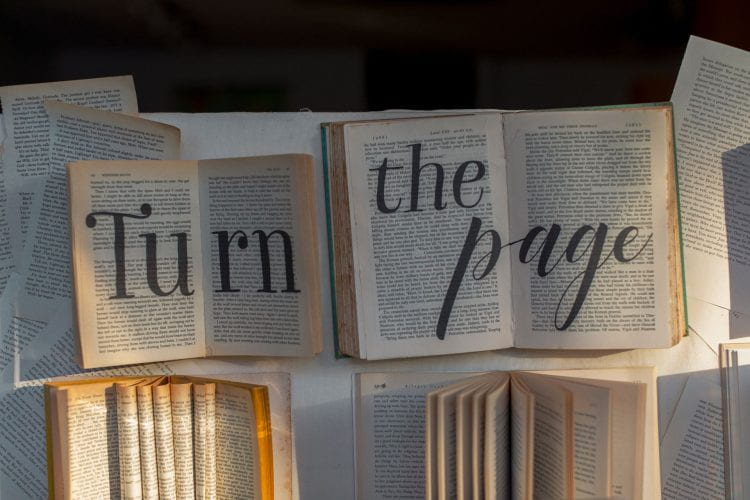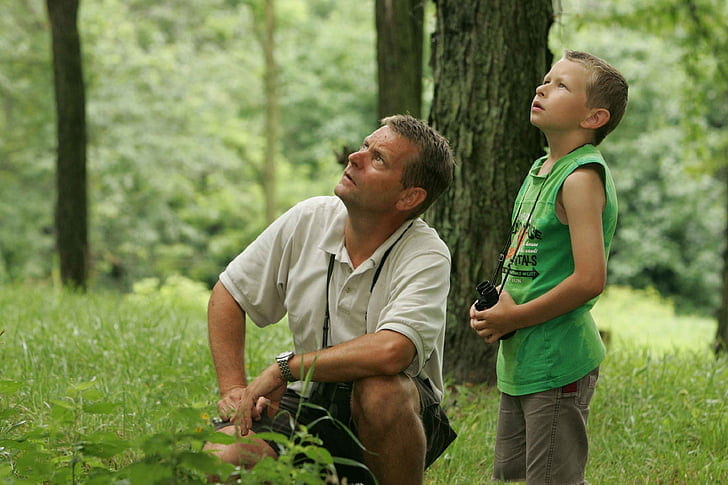How fast does a person think?
Read?
More than a decade before President John F. Kennedy was touted to read the entire New York Times newspaper in 10 minutes flat, a school teacher named Evelyn Wood would develop speed reading techniques to improve the lives of troubled girls. Evelyn Wood Reading Dynamics Speed Reading courses would set the stage for what today is considered the largest and most trusted provider of speed-reading training, a company called Iris. Their trademark is, “Reading at the speed of thought.” The average person can read about 200-250 words per minute (wpm). With proper training, it is not uncommon for individuals to engage in super speed reading, 3x faster than the norm (1000wpm).
But what about listening?
How fast might a person be able to listen with accuracy? According to research by B.J Kemp, an auditory stimulus takes only 8–10 ms to reach the brain, whereas a visual stimulus takes 20-40 ms. This in effect means we can listen more than twice as fast as we can read.
But just how fast?
Demand for Listening Continues to Grow
Many university students during the pandemic grew accustomed to speeding up the lectures of their professors. In a new paper published in Applied Cognitive Psychology, researchers concluded that some asynchronous learning formats, like recorded lectures, prove to be much more efficient. Further, there was no major difference in performance between students who watched a lecture at normal speed versus those who watched a lecture at 1.5X or 2X speed. However, a recoil back to in-person lectures may have students twiddling their thumbs. Like waiting for that endless joke’s punchline.
Audiobooks are the fastest-growing format in publishing and are predicted to become a $19 billion industry by 2027. January likely will be the 11th straight year, the Audio Publishers Association reports a double-digit increase in audiobook sales. Further, consider the out-of-orbit escalation of podcasts. It is hard to believe podcasts were an enigma a mere twenty years ago. In June 2022, Daniel Ruby’s analytics reported the existence of over 2.4 million podcasts. If you are reading this, you have likely listened to a podcast, book, or maybe both. Possibly even the speed was accelerated 1.5x, or even 2x for more efficiency, or if the narrator possibly read too deliberately. You may have also selected “Intelligent Speed,” which in effect shortens silences!
You Can Argue With History…but You’ll Probably Lose
Yuval Noah Harari, the bestselling author of “Sapiens: A Brief History of Humankind”, claims that history is ultimately a complex network of stories. Stories which were not dependent on the written word, but instead passed through oral history. Some likely told with intent to entertain, whereas others were of a more critical nature. Stories which passed on the knowledge and wisdom necessary for survival. Stories which in effect activated sensory centers in the brains of our ancestors. Neuroscientists at Princeton University continue to uncover the connections, literally the neurological connections in our brains, demonstrating how stories play a pivotal role in the development of such emotions as compassion and empathy.
Marvin Harris author of Our Kind and Merlin Donald author of Origins of the Modern Mind: Three Stages in the Evolution of Culture and Cognition believe Homo sapiens fully developed speech and a complex oral culture by at least 45,000 years ago. That means we have been telling stories for some time. Besides having an unequal ratio of ear to mouth, two to one, the printed word is a much more recent invention than the tens of thousands of years we have practiced speaking and listening. “When we’re reading, we’re using parts of the brain that evolved for other purposes, and we’re MacGyvering them so they can be applied to the cognitive task of reading,” explains Daniel Willingham, a professor of psychology at the University of Virginia and author of Raising Kids Who Read.
Fantastically, according to the Human Journey, “About 6,000 sounds represent the spoken languages around the world and babies can recognize all of them.” In effect, some might claim that we are hard-wired to listen. Contrast this with learning to read, an ability that is not innate. Unesco details “despite the steady rise in literacy rates over the past 50 years, there are still 773 million illiterate adults around the world, most of whom are women.” That is close to a billion human beings without access to the written word!
Where Might We Go From Here?
In a world seemingly built on acceleration, it is hard to imagine doing anything at 10x speed. However, meet the podfasters, a subset of podcast obsessives who listen to upward of 50 episodes a week. For $2.99 an app first released in 2016, called Rightspeed allows one to train their brain to listen to podcasts and audiobooks at speeds as high as 10x. For this to sound any different than chipmunks on amphetamines, requires dedicated training. A training regime to rival that of Evelyn Wood. Wood reportedly could read at a rate of 2700 wpm which means she would have turned the pages of Melville’s classic “Moby Dick” (209,117 words) in approximately 77 minutes. Or, take YOU. A future you who could “read” this article in 30 seconds!
############






:quality(85)/cloudfront-us-east-1.images.arcpublishing.com/infobae/DVY7L2LN5FDFXAKBRETV3IZE2M.jpeg)
